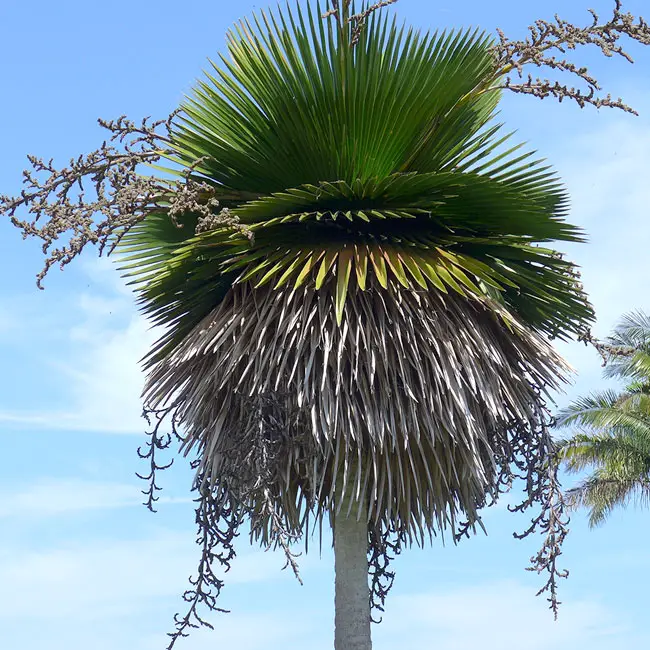
The Cuban Petticoat Palm Tree, scientifically labeled as Copernicia macroglossa, finds its roots in Cuba. What sets this palm apart is its distinctive fan-shaped leaves that possess no petioles.
If left unattended, the dry, aging leaves accumulate at the base, forming a captivating “petticoat” effect, thus giving the palm a uniquely adorned appearance, and hence the name Cuban Petticoat Palm Tree.
This slow-growing palm boasts resilience in the face of drought and can also thrive when cultivated indoors.
Quick Facts:
| Scientific name: | Copernicia macroglossa or Copernicia torreana. |
| Common names: | Cuban Petticoat Palm, Petticoat Palm, Cuban Palm. |
| Origin: | Native to Cuba. |
| Growth Rate: | Slow. 15 ft tall and 10 ft wide. |
| Cold Tolerance: | USDA Zones 10b (35 – 40 F) to 11 (above 40 F) |
| Light Req: | Full sun |
| Water Req: | Moderate. |
| Soil Req: | Widely adaptable. |
| Fruit: | Yes. Green. Not edible. |
| Propagation: | By seed, germinating in 1-3 months. |
Identifying Characteristics of the Cuban Petticoat Palm
The Cuban Petticoat Palm features a solitary gray trunk crowned by 10-12 fan-shaped, rigid, upright fronds that spiral elegantly. These leaves, with minimal petioles, emerge directly from the top of the trunk.
Notably, the outer leaflets are adorned with sharp, robust, elongated spines. Without intervention, the older leaves form a charming skirt or petticoat, contributing to the palm’s distinctive common name.
Flowers and Fruits of the Cuban Petticoat Palm
During the summer, this palm graces us with small, creamy flowers. Male and female flowers are borne on the same inflorescence, showcasing an intriguing botanical feature.
Following the flowering phase, black, oval, berry-like fruits, approximately 1 inch in diameter, emerge.
Caring for the Cuban Petticoat Palm
This palm has the capacity to reach a gradual height of 15 feet, spanning a width of up to 10 feet.
Regarding cold tolerance, the Cuban Petticoat Palm is not overly hardy, withstanding temperatures down to 35°F. Ideal for regions within USDA Zones 10b (with temperatures ranging from 35 to 40°F) to 11 (above 40°F).
While it thrives in full sun, it can also tolerate partial shade once it matures. It exhibits a preference for well-drained soil with consistent moisture, although it demonstrates the ability to endure drought conditions.
Regular pruning of old fronds is necessary to prevent the formation of a skirt. To ensure the palm’s optimal health and stave off nutritional deficiencies, it is advisable to apply a high-quality palm fertilizer with a continuous-release formula twice a year during the growing season.
Propagation of the Cuban Petticoat Palm is primarily accomplished through seeds, which typically take 1-3 months to germinate.
Cuban Petticoat Palm Pictures
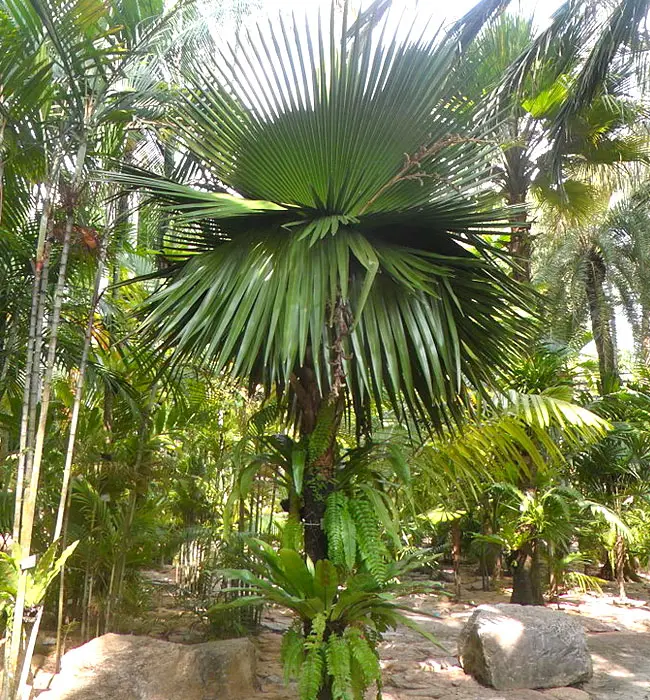
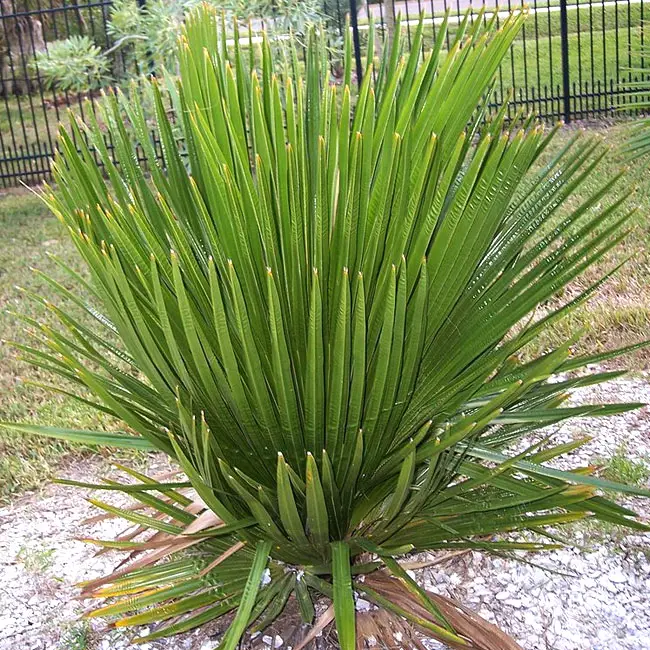
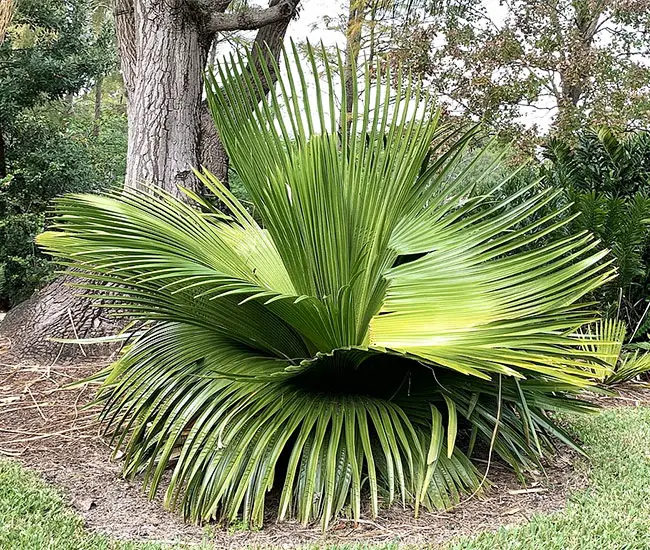
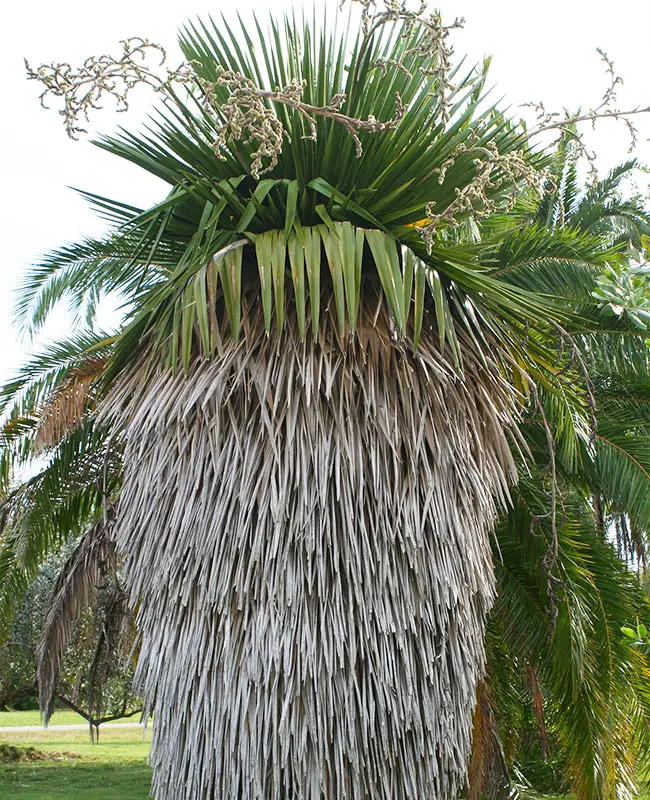
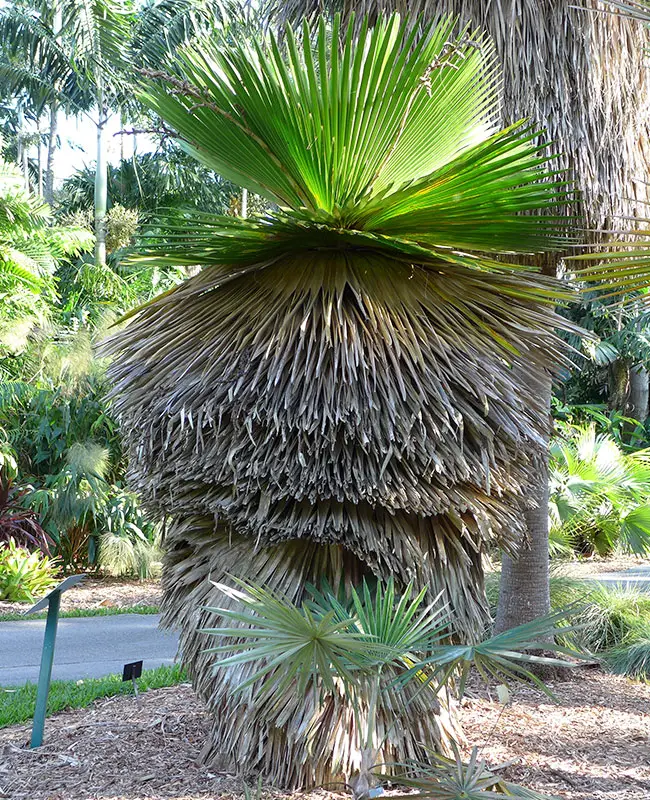
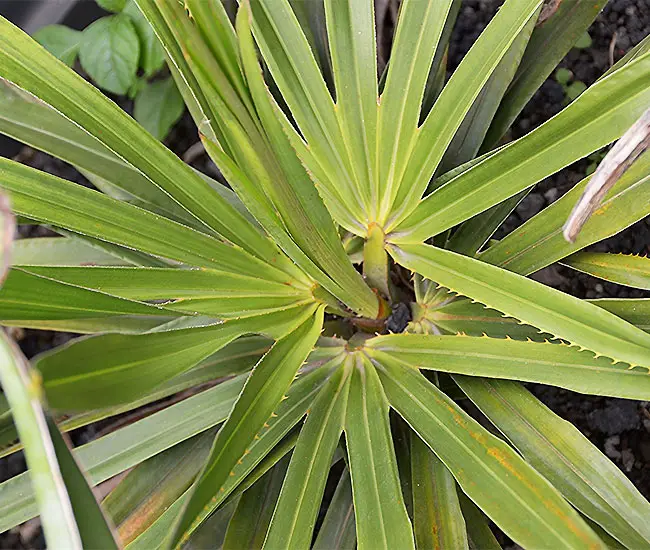
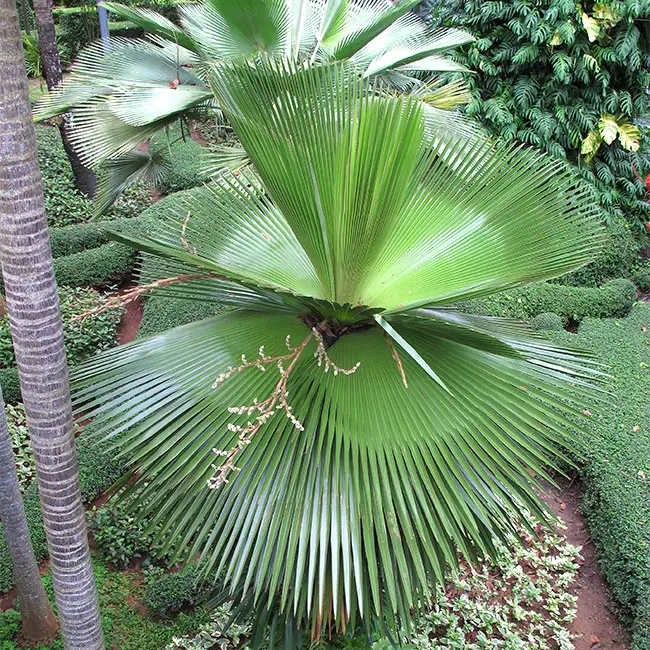
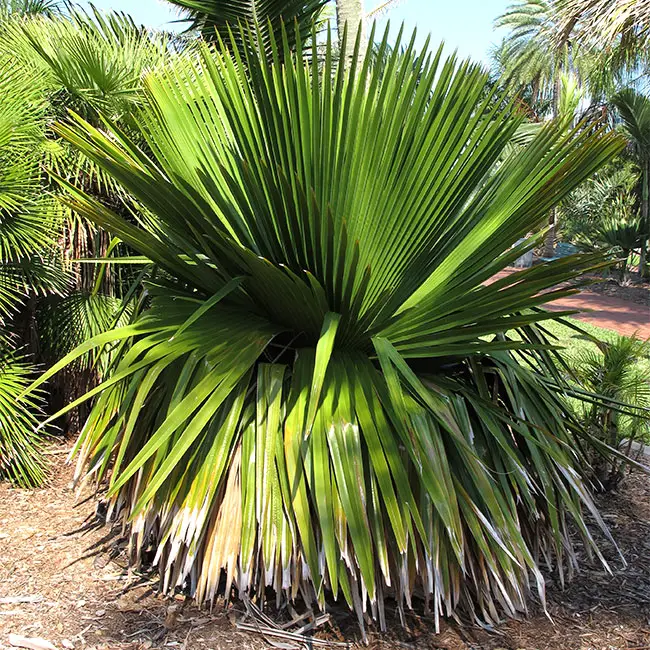
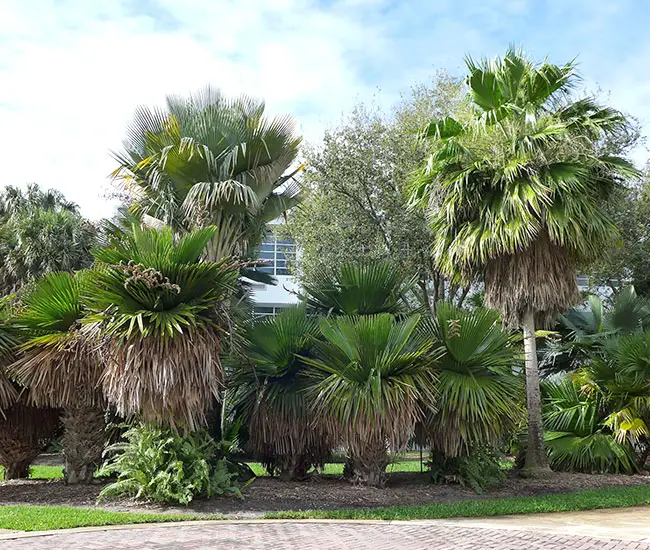
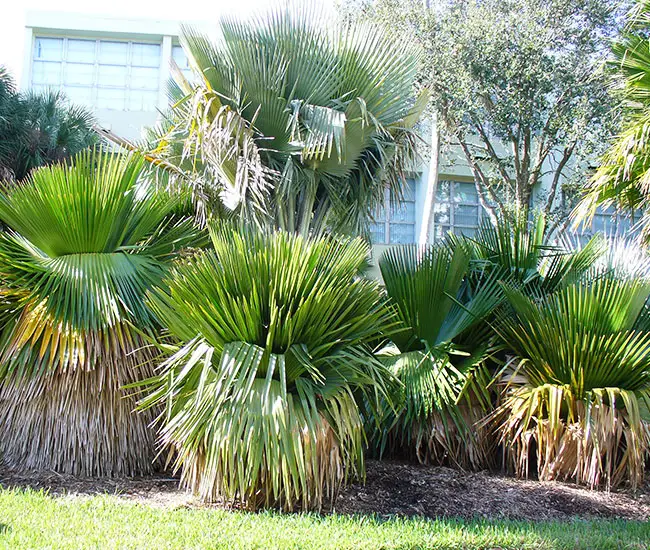
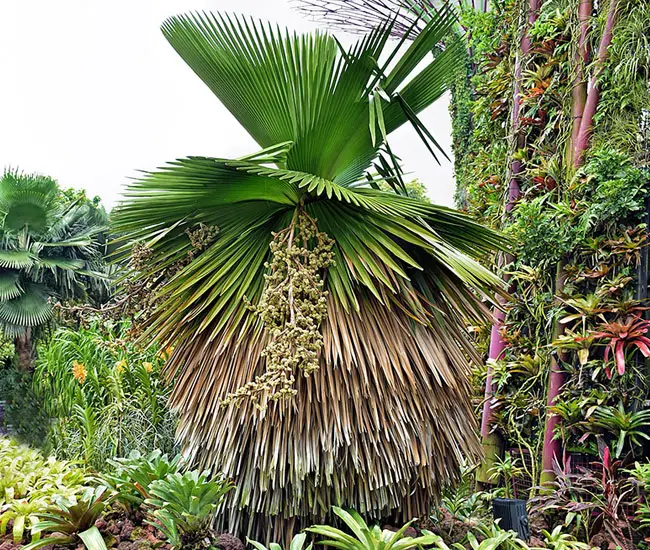
More information can be found on Floridata site.

Comments are closed.